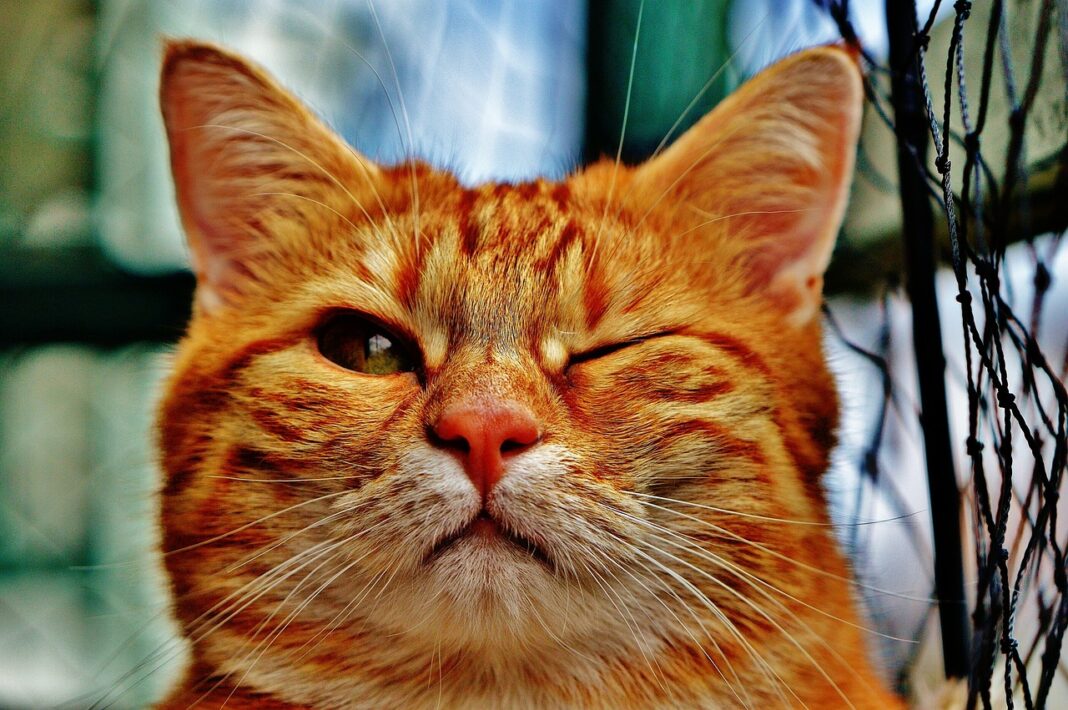Tiny dynamos, scurrying silhouettes, and furry wonders – small mammals are often overlooked, yet they play vital roles in our ecosystems. From the industrious shrew aerating the soil to the adorable dormouse dispersing seeds, these creatures are essential for maintaining biodiversity and ecological balance. This blog post delves into the fascinating world of small mammals, exploring their diversity, habits, and importance.
What Defines a Small Mammal?
Size and Characteristics
Defining “small mammal” can be tricky. Unlike birds or reptiles, mammals are classified based on more than just size. Generally, we’re talking about mammals that are relatively small in comparison to larger mammals like bears or deer. A good rule of thumb is that they are usually no larger than a domestic cat. Key characteristics include:
- Typically weigh less than 5 kg (approximately 11 pounds).
- Have a high metabolic rate, requiring frequent feeding.
- Often exhibit rapid reproductive rates.
- Exhibit a wide range of adaptations to various habitats.
Examples of Small Mammals
The world of small mammals is surprisingly diverse! Here are just a few examples:
- Rodents: Mice, rats, squirrels, chipmunks, voles, beavers (although some beavers can be quite large, smaller species and juveniles fit this category).
- Insectivores: Shrews, hedgehogs, moles.
- Chiroptera (Bats): All bats are mammals, and most species fall under the “small mammal” category.
- Lagomorphs: Rabbits, hares, and pikas.
- Small Carnivores: Weasels, stoats, ferrets, mink (some larger individuals may exceed the size threshold).
Ecological Roles of Small Mammals
Seed Dispersal and Pollination
Small mammals contribute significantly to plant life through seed dispersal and pollination. Many species rely on fruits and nuts for food and inadvertently spread seeds across the landscape.
- Squirrels bury nuts as a food source for the winter, but often forget where they buried them, leading to new tree growth.
- Voles consume seeds and nuts, helping to spread them in their feces as they travel through their habitats.
- Bats, especially fruit bats, are vital pollinators in tropical ecosystems, enabling plants to reproduce.
Pest Control and Insect Regulation
Many small mammals play a crucial role in controlling insect populations. This is especially true for insectivores and certain rodent species.
- Shrews are voracious insect eaters, consuming their body weight in insects each day. This helps to keep insect populations in check and protects vegetation.
- Bats are highly efficient at catching insects mid-air, helping to reduce mosquito and agricultural pest populations. A single bat can eat thousands of insects in a single night.
Soil Aeration and Nutrient Cycling
Small mammals contribute to healthy soil by digging burrows and tunneling through the ground.
- Moles and voles create intricate tunnel systems that aerate the soil, improving drainage and nutrient distribution.
- Their droppings contribute to nutrient cycling, enriching the soil and supporting plant growth.
Threats to Small Mammal Populations
Habitat Loss and Fragmentation
One of the biggest threats to small mammals is habitat loss and fragmentation due to human activities like deforestation, urbanization, and agriculture.
- Loss of forests and grasslands reduces the available food sources and shelter for many small mammals.
- Fragmentation of habitats isolates populations, reducing genetic diversity and making them more vulnerable to extinction.
Predation
Small mammals are prey for a wide variety of predators, including birds of prey, snakes, foxes, and domestic cats.
- Increased predation pressure, especially from introduced predators like domestic cats, can significantly impact small mammal populations.
- Habitat loss can make small mammals more vulnerable to predation by reducing cover and escape routes.
Climate Change
Climate change is affecting small mammals in many ways, including changes in habitat, food availability, and breeding cycles.
- Changes in temperature and precipitation patterns can alter the distribution of plant species, impacting the food sources for small mammals.
- Changes in snow cover can affect the ability of small mammals to burrow and insulate themselves during winter.
- Extreme weather events like droughts and floods can devastate small mammal populations.
Conservation Efforts for Small Mammals
Habitat Preservation and Restoration
Protecting and restoring habitats is essential for conserving small mammal populations.
- Establishing protected areas, such as national parks and wildlife refuges, can provide safe havens for small mammals.
- Reforestation and grassland restoration projects can help to restore lost habitats.
- Creating corridors between fragmented habitats can allow small mammals to move and maintain genetic diversity.
Invasive Species Control
Controlling invasive species is important for reducing predation pressure on small mammals.
- Implementing programs to control populations of introduced predators, such as domestic cats, can help to protect small mammal populations.
- Preventing the introduction of new invasive species is crucial for protecting native ecosystems.
Responsible Pet Ownership
Responsible pet ownership can help to reduce the impact of domestic cats on small mammal populations.
- Keeping cats indoors or providing them with supervised outdoor access can help to prevent them from hunting small mammals.
- Spaying or neutering cats can help to reduce the number of feral cats.
- Supporting local animal shelters and rescue organizations can help to find homes for stray cats.
Conclusion
Small mammals are an essential part of our ecosystems, playing vital roles in seed dispersal, pest control, soil aeration, and nutrient cycling. They face numerous threats, including habitat loss, predation, and climate change. By implementing effective conservation strategies, such as habitat preservation, invasive species control, and responsible pet ownership, we can help to protect these fascinating and important creatures for future generations. Take a moment to appreciate the scurrying, burrowing, and flying wonders that enrich our world – the small mammals!



